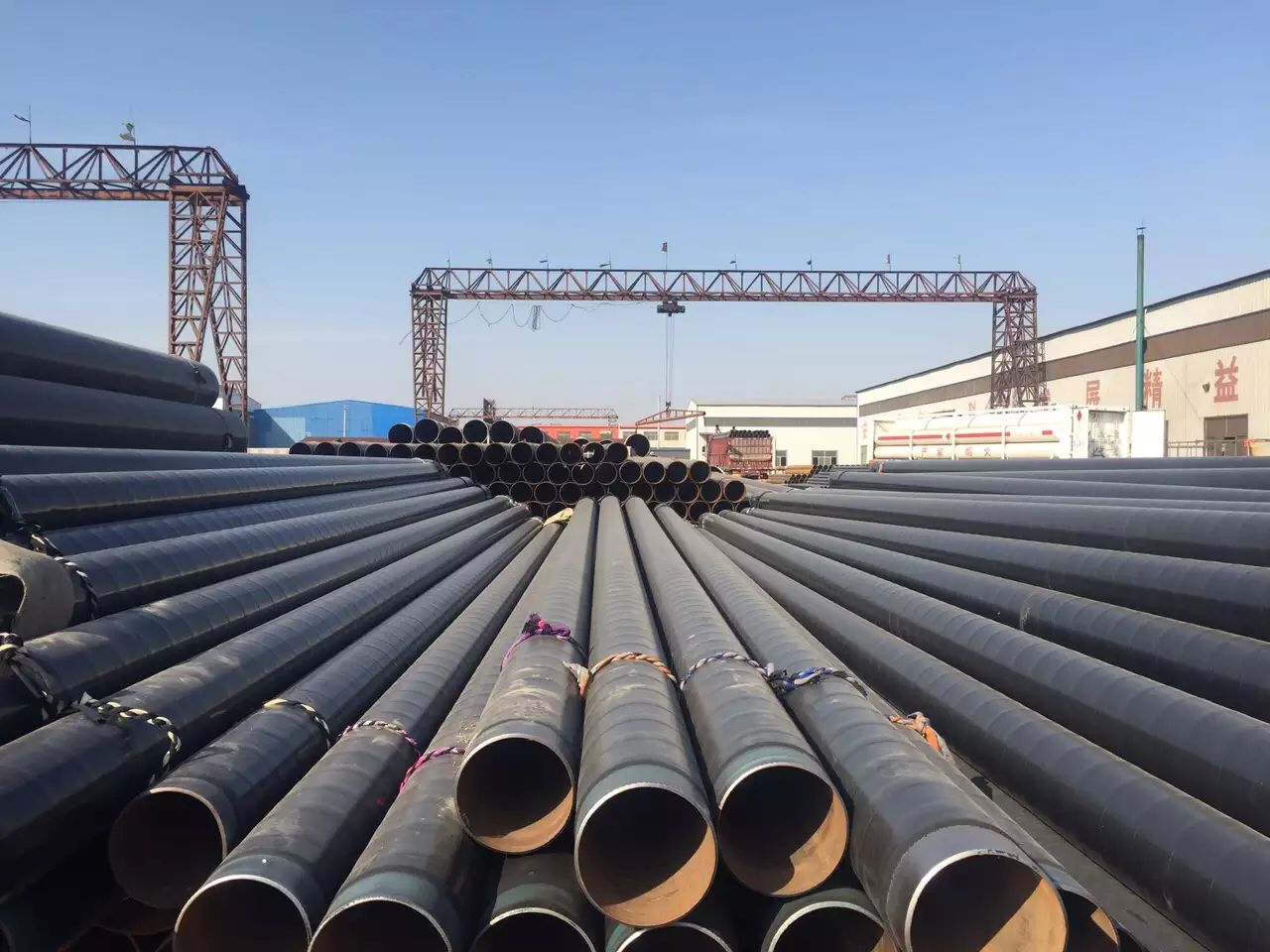The hot-dip seamless steel pipe is obtained by reacting a molten metal with an iron matrix to produce an alloy layer, thereby combining the substrate and the plating layer. Hot-dip galvanizing is to pickle the steel pipe first, in order to remove the iron oxide on the surface of the steel pipe, after pickling, it is washed by ammonium chloride or zinc chloride aqueous solution or a mixed aqueous solution of ammonium chloride and zinc chloride, and then fed. Hot dip plating tank. Hot-dip galvanizing has the advantages of uniform plating, strong adhesion and long service life.
Cold galvanizing is electro-galvanizing. The amount of galvanizing is very small, only 10-50g/m2, and its corrosion resistance is much worse than that of hot-dip galvanized pipes. Regular galvanized pipe manufacturers, in order to ensure quality, most do not use electro-galvanizing (cold plating).
Only small companies with small equipment and old equipment use electro-galvanized steel, of course, their prices are relatively cheaper. At present, the Ministry of Construction has officially laid down the cold-galvanized pipe with backward technology, and the cold-galvanized pipe is not allowed to be used as water and gas pipe in the future.
Hot-dip galvanized seamless steel pipe: The complex physical and chemical reaction between the steel pipe substrate and the molten plating solution forms a corrosion-resistant structure of a zinc-iron alloy layer. The alloy layer is integrated with the pure zinc layer and the steel pipe base. Therefore, its corrosion resistance is strong.
Cold-dip galvanized seamless steel pipe: The zinc layer is an electroplated layer, and the zinc layer and the steel pipe substrate are independently layered. The zinc layer is thin, and the zinc layer is simply attached to the steel pipe base and is easy to fall off. Therefore, its corrosion resistance is poor.
In newly built houses, the use of cold-galvanized steel pipes as water supply pipes is prohibited. Mechanical properties of galvanized seamless tubes Editing the mechanical properties of steel is an important indicator to ensure the ultimate performance (mechanical properties) of steel, which depends on the chemical composition of the steel and the heat treatment system.
In the steel pipe standard, tensile properties (tensile strength, yield strength or yield point, elongation), hardness and toughness indexes, and high and low temperature properties required by users are specified according to different use requirements.
